Pie Crust: Why & When To Pre-Bake, Blind Bake
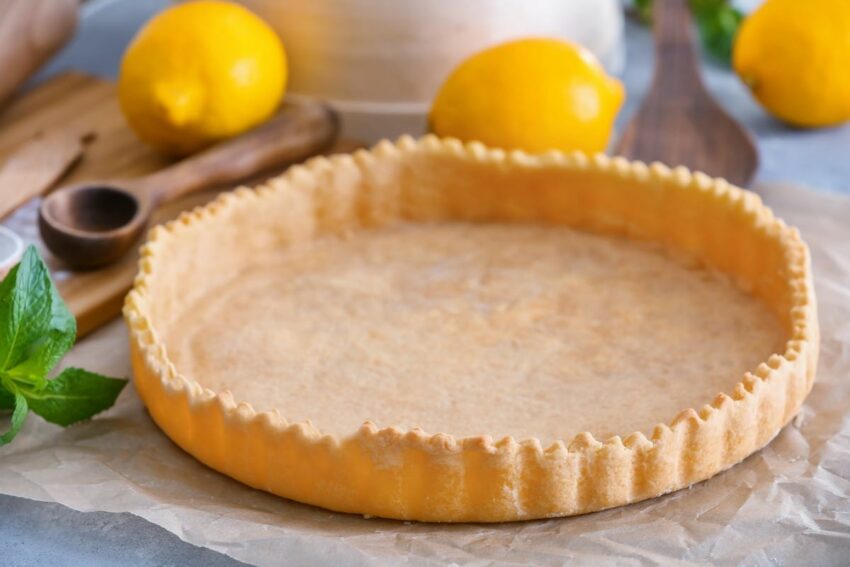
Why do some recipes say to bake pie crust, but others don’t, even if it’s the type of pie? Well, this is where the debate of baking or not baking pie crust before filling it comes in.
Some recipes call for a pre-baked crust, while others don’t. But what’s the reason behind this? Why do some pies require a pre-baked crust while others don’t? Let’s dive into this topic and find out!
When To Bake or Not to Bake: That is the Question
Pre-baking the crust, also known as “blind baking,” helps to prevent the crust from becoming soggy once the filling is added. This is especially important when making pies with a custard or cream filling, as these types of fillings are more likely to make the crust soft. However, not all pies require a pre-baked crust. Pies with a thick filling, like fruit pies, typically don’t require the crust to be baked first, as the filling provides enough structure to support the crust during the baking process. Although, if your fruit filling contains a lot of water, such as with Pumpkin Pie, blind pre-baking is often necessary.
The Importance of Blind Baking
Blind baking the pie crust is a crucial step for ensuring that your crust will turn out flaky and crispy. When you bake the crust on its own, it allows the fat to melt and create pockets of steam. This steam helps to puff up the crust and create a flaky texture.
Blind baking also ensures that the bottom of the crust will cook properly. If you don’t pre-bake the crust and add the filling directly, the bottom of the crust might not cook fully, resulting in a soggy bottom. To avoid this, you can place a sheet of parchment paper over the crust and fill it with pie weights, dried beans, or rice. This will help to hold the shape of the crust while it bakes.
Tips for Making the Perfect Pre-baked Pie Crust
Making a pre-baked pie crust can seem intimidating, but with a few simple tips, you can have a perfect crust every time. Here are our top tips to avoid all those “agh, why is my bottom pie crust not cooked” moments:
- Chill the Dough: Before rolling out the dough, make sure to chill it in the refrigerator for at least 30 minutes. This will help the dough to firm up and make it easier to roll out.
- Use Pie Weights, Beaking Beans, or Dried Rice: To ensure that the crust bakes evenly, it’s important to use pie weights when blind baking. You can use dried beans, rice, or pie weights specifically made for this purpose.
- Prick the Dough: Before adding the pie weights, use a fork to prick the bottom of the crust several times. This will help to prevent the crust from puffing up while it bakes.
- Bake Thoroughly: To ensure that the crust bakes evenly and completely, it’s important to bake it until it is lightly golden brown. The exact baking time will vary depending on the recipe, so be sure to check the instructions and keep an eye on the crust as it bakes.
- Let it Cool: Once the crust is baked, let it cool completely before adding the filling. This will help to prevent the filling from making the crust soggy.
Final Thoughts
The decision to bake or not bake the pie crust before filling depends on the type of pie you’re making. For pies with a wet filling, such as custard or cream fillings, it’s important to pre-bake the crust to prevent it from becoming soggy. On the other hand, pies with thicker fillings, like fruit pies, typically don’t require the crust to be pre-baked.
In either case, it’s always a good idea to check the recipe you’re using and follow the instructions carefully. Baking is a science, and it’s important to follow the steps in the right order to get the best results. With a little bit of patience and attention to detail, you can make a pie crust that is both delicious and flaky, sure to impress your friends and family. Happy baking!
Top FAQs
What is a blind baked pie shell?
A blind baked pie shell is a pastry case for a pie that is baked before the filling is added. Blind baking is commonly used for recipes with wet fillings such as apple pie, pumpkin pie or cream pie.
Do you bake pie crust before filling apples?
Most recipes recommend to pre-bake the pie crust before filling it with apples to ensure that the crust is crispy and cooked through.
Do you bake pie crust before adding pumpkin filling?
It is common to pre-bake the pie crust before filling it with pumpkin to prevent the filling from making the crust soggy.
How long do you bake a pie crust that’s unfilled?
The exact baking time will depend on the recipe, but typically a pre-baked pie crust is baked for 10-15 minutes at 350°F to 400°F, which is around 180°C to 200°C.
How to blind bake pie crust without weights?
To blind bake a pie crust without weights, you can use dried beans or dried rice. Be sure to line the inside of your pie crust with baking parchment or aluminum foil before pouring in the dried beans or rice to weigh the pie crust down.
What temperature to bake a pie crust?
The temperature to bake a pie crust varies, depending on your recipe and your oven, but typically it is baked at 350°F to 400°F, which is around 180°C to 200°C.
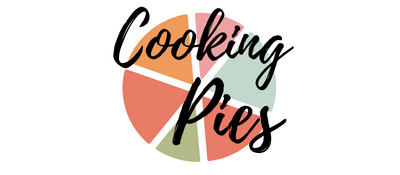
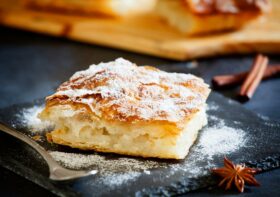
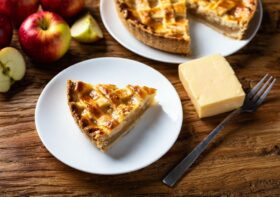
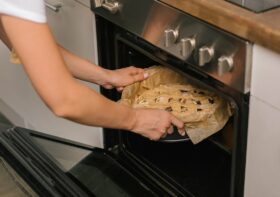
Leave a Reply